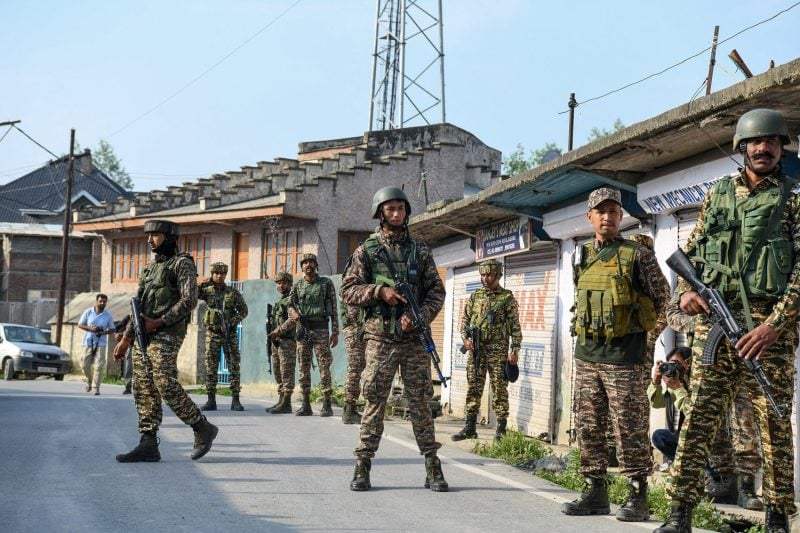Tensions between India and Pakistan have soared in the wake of a deadly terrorist attack on April 22, 2025, in Kashmir’s Baisaran Valley that killed 26 people.
In response to the attack, India launched "Operation Sindoor", targeting alleged militant infrastructure in Pakistan-administered regions. Pakistan retaliated with "Operation Bunyan ul Marsoos", leading to heightened military engagements and civilian casualties on both sides.
Amid escalating tensions, a U.S.-mediated ceasefire was announced on May 10, 2025, to halt hostilities.
Therefore, a new term arises from this conflict, i.e., ‘De-escalation’, which is lowering tensions and avoiding escalation into an armed clash, sometimes through negotiation, sometimes creatively in other ways.
In this article, we’ll take a closer look at what de-escalation means, the importance of ceasefire agreements, and the difficulty of preserving peace when it’s repeatedly violated.
Check Out| What is a Ceasefire? When is it implemented? Know the Protocol Here
What Does De-escalation Mean?

Source: Foreign Policy
De-escalation simply means reducing the level of conflict or tension between two or more parties. It's like cooling things down when emotions or situations are getting too heated, especially in a disagreement or a dangerous situation. The goal is to avoid a bigger fight or crisis by calming things down before they get worse.
For example, two people arguing about something. Instead of shouting louder or becoming more aggressive, one person might try to calm the situation by speaking softly or suggesting a break to cool down. This is de-escalation—it helps to stop the argument from turning into something bigger, like a fight.
Similarly, in international relations, like between countries, de-escalation works the same way. If two countries are about to go to war, they might negotiate or agree to stop fighting for a while (a ceasefire) so tensions don’t escalate into full-scale conflict.
Explore| Indian Airports Temporarily Closed Until May 15th, Check Complete List Here, after Operation Sindoor
Understanding the India-Pakistan Ceasefire Agreement
When, on May 10 2025, after days of rising tensions and attack–response–counterattack spirals across the LoC in Jammu and Kashmir, India and Pakistan finally decided to mutually proclaim a ceasefire alongside the LoC. This truce was a major step toward de-escalating the conflict and avoiding more military clashes between the two countries.
1. Diplomatic Efforts and U.S. Mediation
The ceasefire came after a long period of strenuous and ongoing diplomatic wrangling, with the United States leading the charge, serving as a key facilitator of the talks.
U.S. President Donald Trump announced the agreement, which he said called for a “complete and total withdrawal of U.S. forces from the hostile acts”, with the two nations promising a “full and permanent ceasefire” after more than 10 days of negotiations, facilitated by the United States.
This was the most important aspect that Pakistan’s Foreign Minister Ishaq Dar sought to confirm with the agreement, stating that this was a “full-fledged” ceasefire and not a “limited” one.
What is of equal importance, he added, was the roughly three dozen countries that participated in the diplomatic efforts that produced the ceasefire.
2. Terms of the Ceasefire
The terms of the ceasefire dictated that all military operations by land, sea, and air should stop at 5:00 PM Indian Standard Time on May 10, 2025. To make sure the truce was being implemented properly, military officials from both sides spoke directly to each other.
3. Ceasefire Violations: A Worrying Start
Yet, despite the official accord, ceasefire violation reports emerged almost immediately after the ceasefire took hold, with explosions audible in many areas of Indian-administered Kashmir, calling into question the robustness of this ceasefire.
What's Next| List of Indian States Under Blackout 2025
Comments
All Comments (0)
Join the conversation